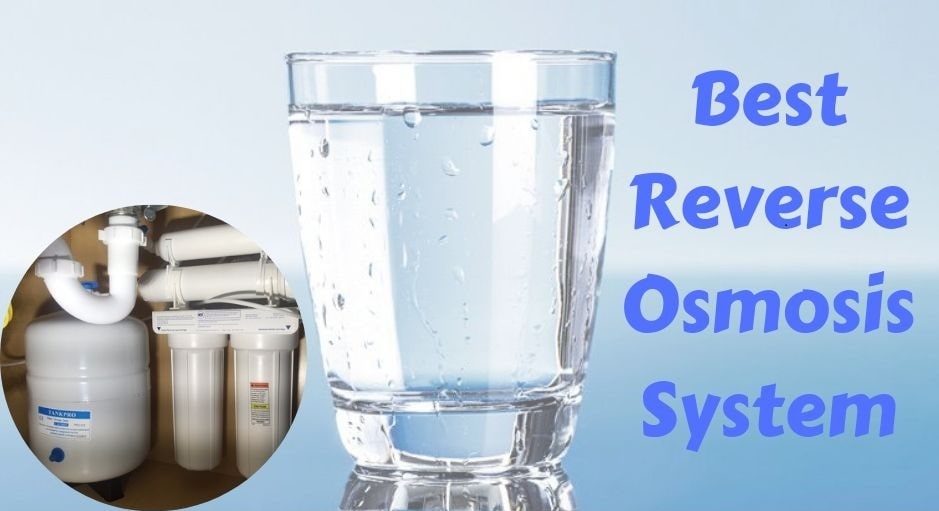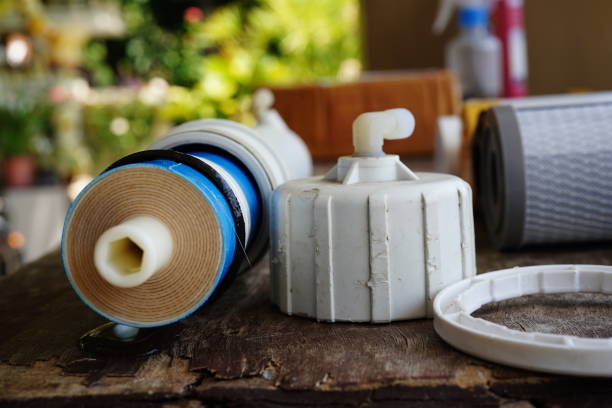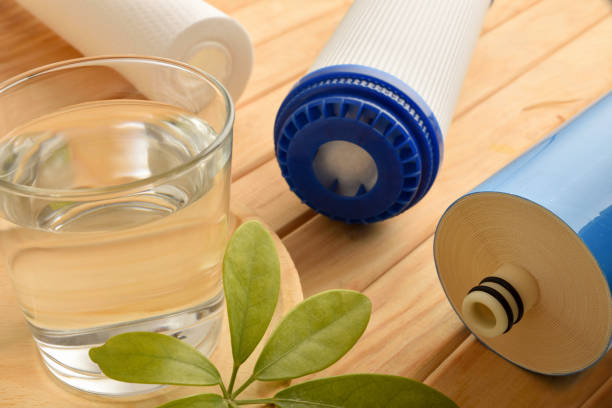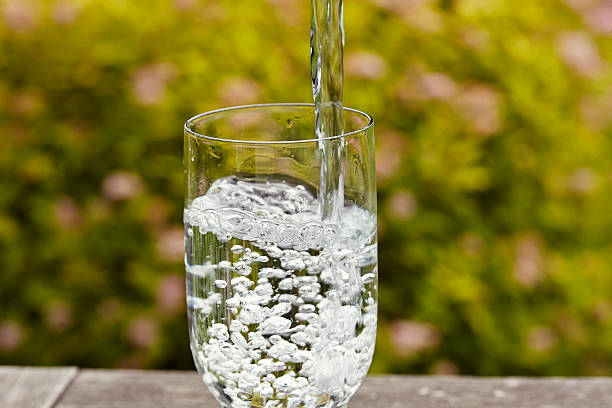Hello everyone, today Susan is here to answer some questions about water treatment equipment, hope it can help you.
Reverse osmosis is a new thin-film separation technology developed in the 1960s, which relies on reverse osmosis membranes under pressure to separate solvents and solutes in solution.

To understand the principle of reverse osmosis desalination, we must first understand the concept of “osmosis”.
Osmosis is a physical phenomenon, when two kinds of water containing different concentrations of salts, such as a semi-permeable membrane separation will find that the side of the water containing less salt will penetrate through the membrane to the high salt content of the water, and the salt contained in the water and does not penetrate, so that the two sides of the salt concentration gradually fused to equalize until.
However, it takes a long time to complete this process, which is also called natural osmosis.

But if the water side of the high salt content, try to add a pressure, the result can also make the above osmosis stop, then the pressure is called osmotic pressure.
If the pressure is increased again, can make the water to the opposite direction of infiltration, and salt remaining.
Thus, the principle of reverse osmosis desalination, that is, in the salty water (such as raw water), applied to the pressure than the natural osmosis pressure is greater than the pressure, so that osmosis to the opposite direction, the water molecules in the raw water to the other side of the membrane, into clean water, so as to achieve the purpose of removing the salts in the water, which is the principle of reverse osmosis desalination.

At present, reverse osmosis membrane such as its membrane material chemical composition to points, mainly cellulose membrane and non-cellulose membrane two categories.
If the physical structure of the membrane material to points, can be roughly divided into asymmetric membrane and composite membrane and so on.

In the cellulose membrane is widely used in cellulose acetate membrane (referred to as CA membrane).
The total thickness of the membrane is about 100 μm, the thickness of the whole epidermal layer is about 0.25 μm, the epidermal layer is full of microporous, pore size of about 5 a 10 Å, so you can filter out the very fine particles, and the porous support layer in the pore size is very large, about a few thousand Å, so that the asymmetric structure of the membrane is also known as asymmetric membrane.
In reverse osmosis operation, cellulose acetate membrane only epidermal layer and high pressure raw water contact to achieve the desired desalination effect, must not be inverted.
Non-cellulose membrane to aromatic polycoolamine as the main varieties, and other poly it is also amide membrane, kianbenpian flavor mile membrane, polysulfone amide membrane, polytetrafluoroethylene grafting membrane, polyethylene imide membrane and so on.
In recent years the development of polyamide composite membrane, is a layer of polyester nonwoven as a support layer, due to the polyester nonwoven is very irregular and too loose, not suitable for salt barrier layer as the bottom layer, and thus the microporous engineering plastics polysulfone cast on the surface of the nonwoven.
The pores on the surface of the poly maple layer were controlled to approximately 150 angstroms. The barrier layer is a highly crosslinked aromatic polyamide with a thickness of approximately 2000 angstroms. The high crosslinking degree aromatic polycoolamine is made by polymerizing benzene trichloride and phenylenediamine. Because this kind of membrane is compounded by three layers of different materials, so it is called composite membrane.

The above is about the general knowledge of water treatment equipment, I hope it can help you, if you still want to know more about the general knowledge of this aspect of water treatment, welcome to leave a message in the comment area, I will try to reply. If you find my article useful, x want to watch more water treatment knowledge. Please contact me. Thank you for reading and have a nice life!







 RO Low Pressure Membrane: Widely Used in Multiple Fields to Create Efficient, Energy-Saving Water Solutions
RO Low Pressure Membrane: Widely Used in Multiple Fields to Create Efficient, Energy-Saving Water Solutions
 RO membrane high-pressure membrane: a wide range of applications show strong adaptability
RO membrane high-pressure membrane: a wide range of applications show strong adaptability
 Do you really understand the difference between high pressure reverse osmosis membranes and low pressure reverse osmosis membranes?
Do you really understand the difference between high pressure reverse osmosis membranes and low pressure reverse osmosis membranes?
 Water purifiers --Pure water equipment water rate reduction is what happened?
Water purifiers --Pure water equipment water rate reduction is what happened?